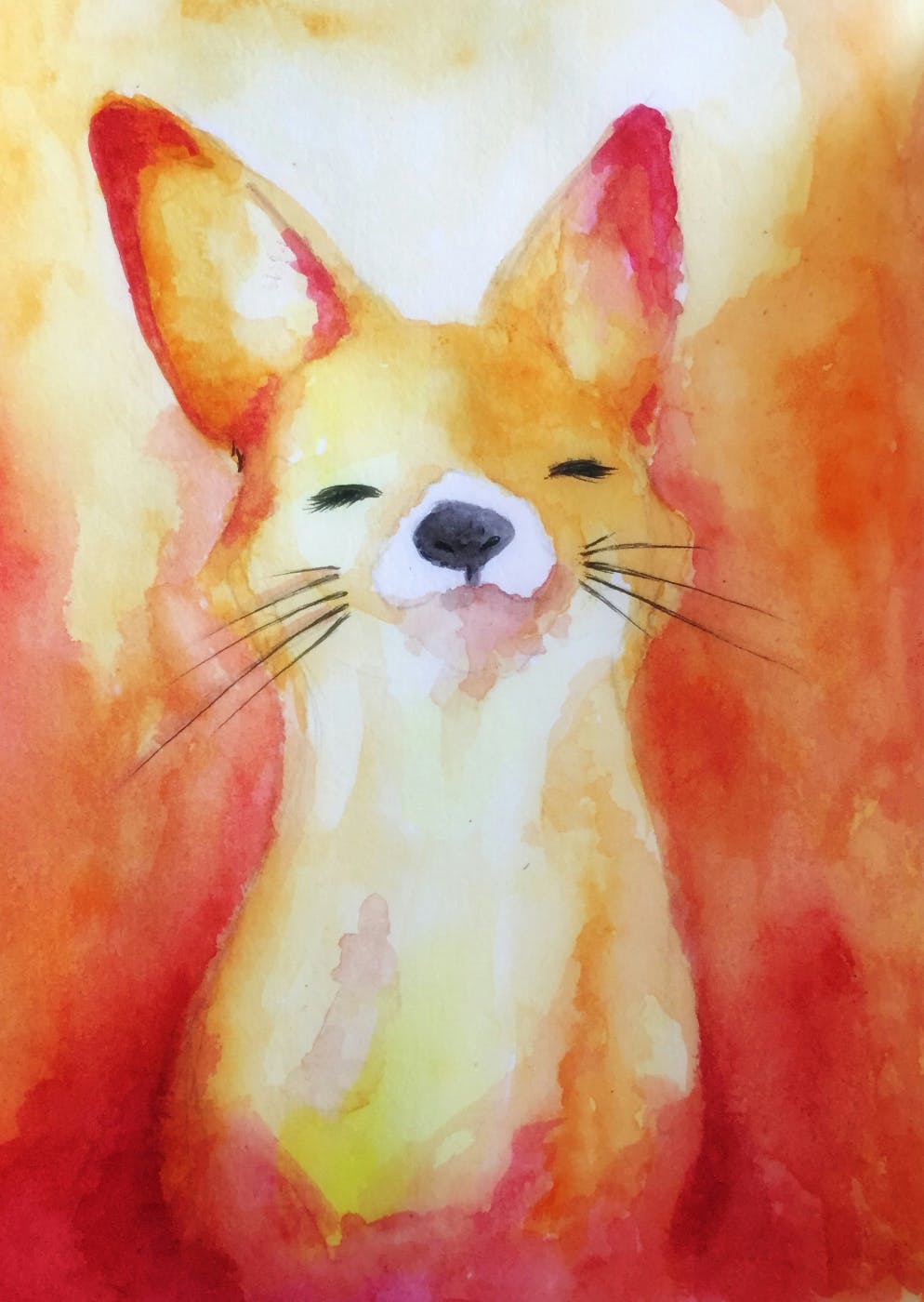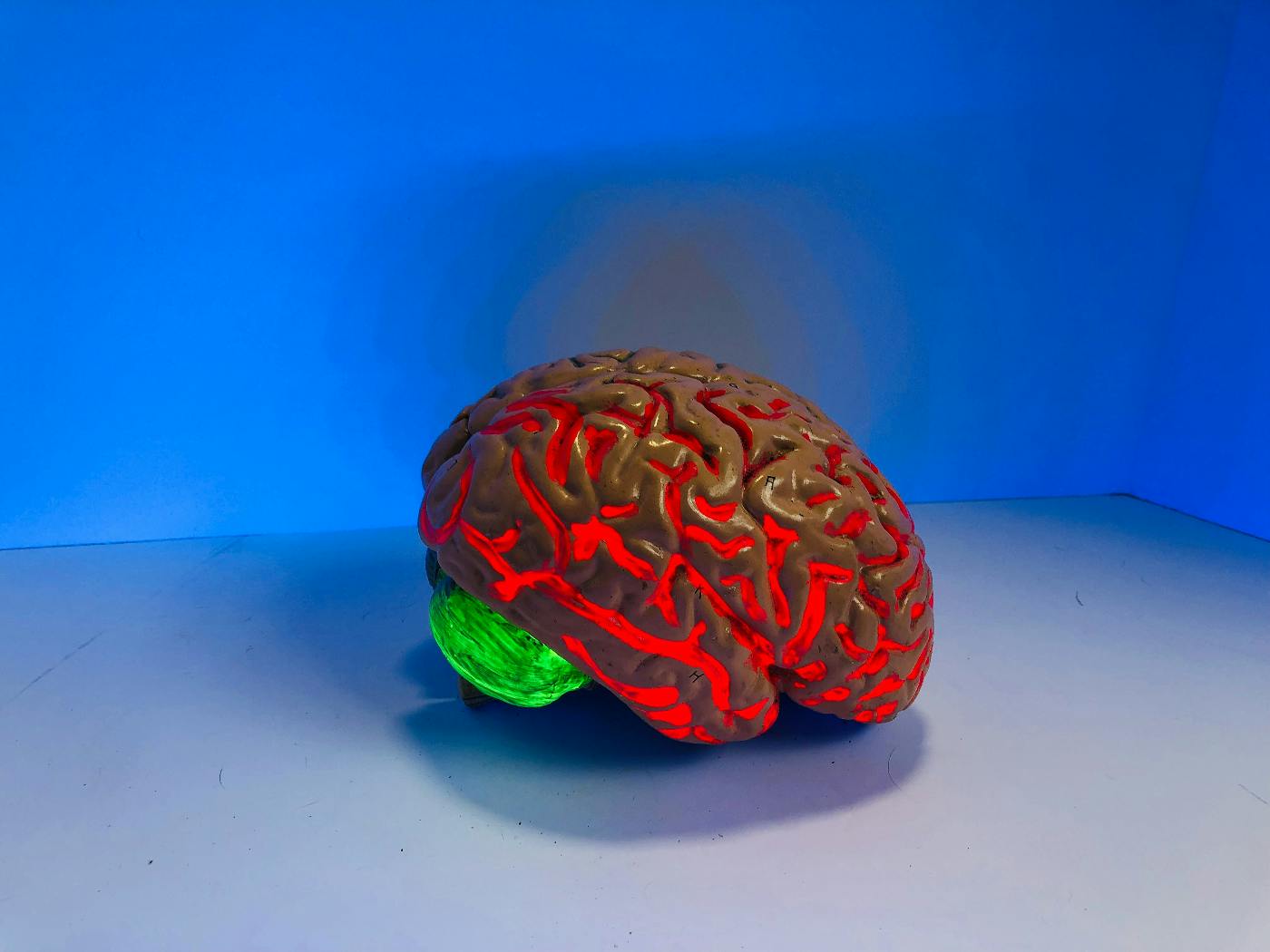
I was treating ChatGPT like a vending machine, expecting the perfect response every time I pushed a button.
Among my many diverse duties here at ThoughtLab, I’m responsible for writing our blog. Two or three times a week, depending on how much coffee I’ve had and how persuasive my deadlines are, I sit down to craft words about industry topics, innovative ideas, or simply the random musings that pop into my head. My mission? To get readers to engage, to look at our work and say, “Hey, I want these people to market my brand, elevate my business, or, at the very least, keep me entertained long enough to distract me from my inbox.”
Now, if you’ve ever tried writing a blog—especially when you’re staring at the same industry subjects day after day—you’ll understand the challenge. Some days, the creativity flows like a freshly brewed cup of inspiration. Other days, well… let’s just say I’ve flirted with the idea of writing an entire post consisting solely of the word "spatula" repeated 1,273 times. That idea, as it turns out, was vetoed. Apparently, my editor doesn’t have much of a taste for avant-garde, stream-of-consciousness art pieces. They laughed at Da Vinci, too—the bastards.
But the pressure to keep producing new ideas? That’s real. And it grows heavier with each passing blog. A while back, in one of those desperate “please let this work” moments, someone suggested I try using an AI system like ChatGPT to help generate fresh ideas. The concept was intriguing: a virtual assistant to spark new blog topics, offer some creative guidance, and maybe—just maybe—cut down on my long-standing habit of staring at a blank screen until I hallucinate monkeys telling me what to write. So, I decided to give it a go. I had my reservations, of course. Years of watching late-night sci-fi movies had left me with a healthy dose of skepticism about AI. But I was stuck, spinning my wheels, banging my head against the same creative wall over and over again.
And, as with most adventures in tech, things didn’t go exactly as planned.

My First Foray into AI
At first, I was aimless in my approach. I treated ChatGPT like a magic eight ball, throwing random questions at it to see if I could trick it into some kind of existential meltdown. Maybe I’d ask it questions like “What is the meaning of life?” or “Can you tell me how to overthrow the robots when they rise?” I envisioned the system short-circuiting, shouting "Error! Error!" and humanity triumphantly returning to an era of handwritten letters and landlines.
Sadly, that didn’t happen. ChatGPT saw right through me, answering with more calm and self-awareness than I usually muster before my second cup of coffee. In fact, it didn’t explode at all. It just kept responding, unfazed by my attempts to humanize it. When I asked, “Do you even care about what I’m asking?” it calmly replied, “I’m here to help. Let’s get started.” I could almost hear it sighing in an “Oh, you again” kind of way. Not the dramatic outburst I was hoping for.
So, I had to admit it: I wasn’t dealing with a clever chatbot that could be goaded into an emotional breakdown. I was facing something way more pragmatic. And while I was secretly hoping for a sci-fi plot twist, I had to shift my approach.
Learning the AI Dance: A Struggle in Patience
Like many who grew up without smartphones glued to their hands, I’m a bit old-fashioned in how I approach technology. If I can’t reason with it, bribe it with chocolates or silk stockings because I’m stuck in a World War Two rom/com, or take it out for coffee, I get frustrated easily. AI, to me, was supposed to be like that dependable co-worker you could rely on for creative brainstorming. But when I asked it for blog ideas, I got responses like “The Future of Digital Marketing” or “How to Build Your Brand Strategy.” Sure, those are solid suggestions, but they weren’t exactly groundbreaking. They were… predictable.
At first, I blamed the AI. "It’s too robotic," I thought, "not creative enough!" But then, I realized the problem wasn’t the AI—it was me. Shocking, I know, but I wasn’t giving it the right prompts or enough context. I was treating ChatGPT like a vending machine, expecting the perfect response every time I pushed a button. But AI doesn’t work that way. And neither do vending machines, in my experience, but that’s a blog for another day.
The Breakthrough: How to Actually Talk to AI
The key to unlocking AI’s full potential is surprisingly simple: it’s all in how you ask the questions. After much trial and error, here are a few tips I’ve picked up on how best to interact with systems like ChatGPT:
- Be Specific: If you ask vague questions, you’ll get vague answers. Instead of “What should I write about?” try “What are some emerging trends in digital marketing that haven’t been widely covered?” AI loves details and thrives on context. Give it as much as you can.
- Iterate: Don’t stop at the first answer. If ChatGPT suggests a topic that feels too general, ask it to narrow it down. Something like “Can you make this more niche?” or “How could this idea be applied in a small business context?” will help refine the responses. Think of it like a creative brainstorming partner—each back-and-forth sharpens the output.
- Ask for Examples: When you’re stuck on how to structure your content or need inspiration, ask ChatGPT to provide an outline or sample paragraphs. It might not always be perfect, but it can give you a starting point to build on.
- Keep it Conversational: You don’t have to be formal. Treat it like a dialogue. If something doesn’t make sense or feels off, ask follow-up questions, just like you would in a conversation with a human collaborator.
- Use it to Overcome Writer’s Block: Staring at a blank page? Ask ChatGPT to throw some ideas at you. You can even ask it for weird or unusual takes on a topic to spark creativity. Need a quirky title or a unique intro? It’s surprisingly good at wordplay when prompted.

What AI Can’t Do (Yet)
As helpful as AI can be, let’s be clear—it’s not a magical solution to all writing woes. There are still some things AI can’t do (at least not yet):
- It Can’t Read Your Mind: You have to guide it. Without proper context, it’s like asking someone to cook a meal without ingredients. Be prepared to do some legwork upfront.
- It Won’t Write a Bestseller for You: AI can help generate ideas, outlines, or even full paragraphs, but it’s up to you to inject your voice, your flair, and your unique perspective. Otherwise, you risk sounding like a robot yourself.
- It Won’t Take Your Coffee Breaks: As much as I’d love to offload my mid-afternoon coffee run to ChatGPT, it’s still not at the stage where it can handle real-world tasks (unless your coffee machine is connected to the Internet of Things, but that’s another story).
Summing Up: A New Kind of Collaboration
At the end of the day, working with AI like ChatGPT is a bit like partnering with a really fast, really smart intern, but not sassy, like it’s not going to mock you for the shirt you’re wearing, and it probably thinks Star Wars is really cool. Not … not like a mean intern who is all hip and everything. Cause they don’t even know. Anyway … It’s efficient and has a wealth of information at its disposal, but like any intern, it still needs direction.
AI can’t replace the spark of human creativity, the nuance of personal experiences, or the gut instinct that drives great content, but it can certainly augment the creative process. It can help you think faster, provide fresh ideas, and streamline the more repetitive parts of your work. And once you get into the rhythm, you might find yourself working more productively than you imagined.
At ThoughtLab, we’ve always been ahead of the curve when it comes to embracing innovation, and AI is no exception. We understand the vast potential AI holds—not just in automating simple tasks but in transforming how we think, create, and collaborate. It’s not about replacing human ingenuity but about enhancing it. We see AI as a powerful tool for the future, one that can help us stay on the cutting edge of marketing, technology, and creativity. By leveraging AI, we’re positioning ourselves, and our clients, for success in an increasingly data-driven world. So, if you’re like me and a little skeptical at first, take the plunge. With patience, specificity, and a healthy sense of humor, you might just find yourself enjoying this new kind of collaboration.

